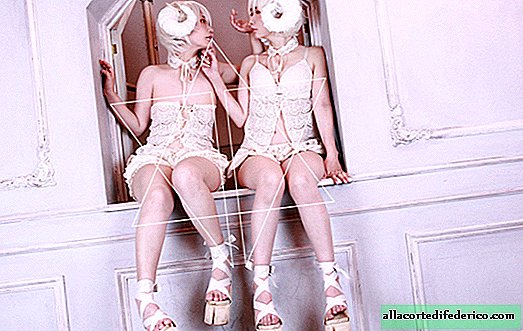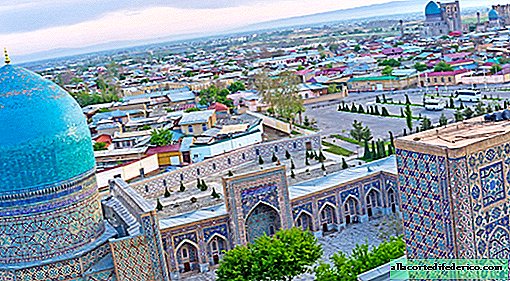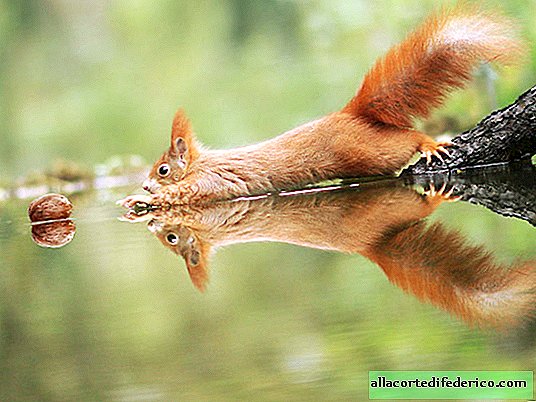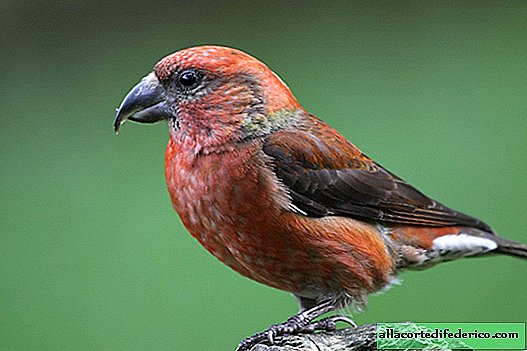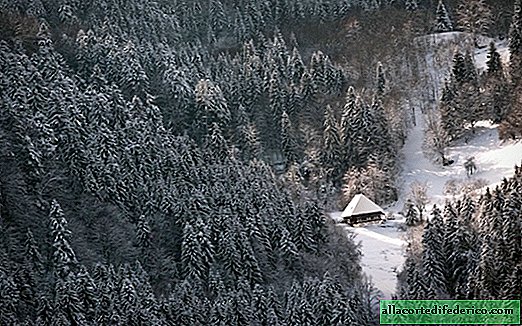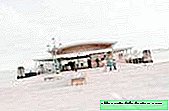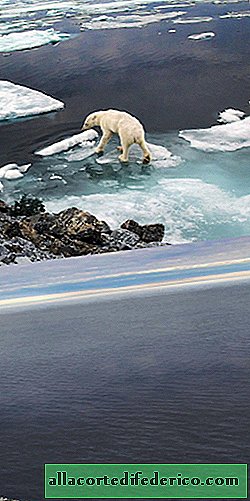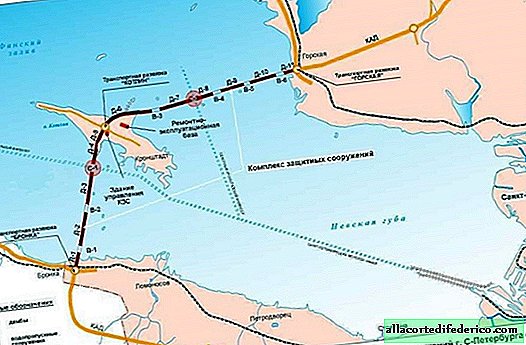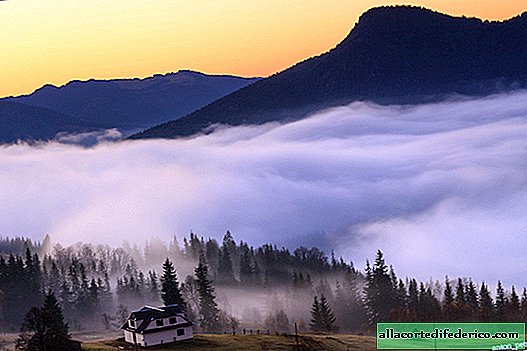Kungur ice cave
The ice cave in Kungursky district has been known since the 17th century. According to legend, the first Russian settlers of Kungur escaped in a cave from the raids of the Tatars and Bashkirs.
The study of the cave began in 1703, when the historian and cartographer Semyon Remezov compiled the first plan of the cave.
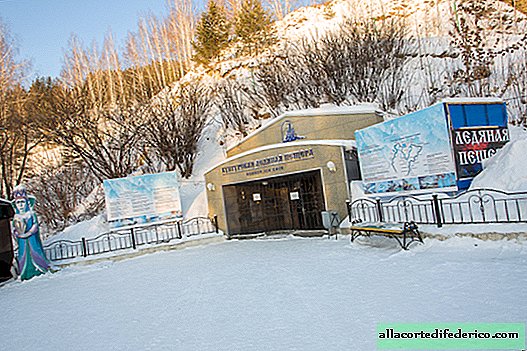
Later, Vasily Tatishchev, who visited the cave, wrote: "Near the town of Kungur, near the Sylva River there is a great cave underground in a well-known stone ... Inside there are such large, supposedly great chambers ... and other narrow and barely passable."
The first "guardian" of the cave was A.G. Khlebnikov, who led excursions from 1914 to 1951 and was engaged in cave research.
Among the visitors to the cave were M.I. Kalinin, V.K. Blucher, G.K. Zhukov, A.E. Fersman, D.V. Nalivkin.
The study of the Kungur cave was carried out by the hospital of the UC of the USSR Academy of Sciences. In underground passages, meteorological and hydrometric posts were organized. These data allowed us to calculate the heat transfer of the cave, the value of evaporation and moisture condensation.
The length of the passages in the Kungur cave is 5700 m, but only 1500 m is equipped for tourist visits. The rest of the moves are narrow manholes with lots of clay.
The Kungur cave, like any other cave, is constantly “growing” - there are collapses, displacements and erosions in it. For example, in 1974 a group of cavers was imprisoned in the bowels of the cave due to a large collapse of limestone.
At the entrance to the cave, its detailed plan is established with the designation of three excursion routes. The routes are timed, so we had to wait some time before the tour.

A little away is the old entrance to the Kungur cave. This initial entrance was small, constantly falling off or overgrown with ice. Professor M.Ya. Kittara wrote in 1848: “Conductors for 6 hours cut ice that closed the entrance to the cave. It was very difficult to get through this pipe. But someone came up with the idea of tying a rope to the end of a long splint and pulling each one through it through the passage ... "

In 1937, a new 40-meter tunnel was passed by the miners to the XVII International Geological Congress.
The tunnel goes into the Diamond Grotto. The total number of grottoes in the cave is 48.

The roof and walls of the grotto are covered with large crystals of ice, so the grotto got its name.
The temperature in the grotto even in summer is −2 ° C.
A thick layer of perennial ice is exposed in the walls. Initially, this passage had a small height and was expanded to its true size only in the 1940s.

The next grotto is Polar. It is particularly teeming with large crystals of ice.
Ice crystals are formed due to the incoming warm air.
In fact, the Kungur cave is famous for these two grottoes. The remaining grottoes are ordinary karst cavities of natural origin.

Excursion trail to the Dante Grotto.
The trail is concreted and well lit.

The figure of a bat in the grotto of Dante. This grotto also retains a negative temperature.

Fork in the Western Grotto and Krestovy Grotto.

We go to Krestovy grotto.

According to legend, in this grotto there was a wooden cross, next to which a hermit lived. At different times, a bast shoe and cast-iron kernels were found in the grotto.
Ice stalactites hang from the roof.

In this grotto, a dew point passes, so further in the cave it becomes noticeably warmer +5 ° C.
The next grotto is Ruins. It is a fairly large cavity, almost entirely covered with boulders.

The path goes around the grotto and for its tortuosity is called "Mischievous Turns". The passage was widened during blasting and equipped with steps and rails.

On the right is the Dragon's Maw cavity.

Grotto Sculptural. In this grotto there are several piles of blocks reminiscent of various animals (turtle, crocodile, duck).


Coral Grotto is named so because the structure of the walls resembles corals.
In 1984, a bar was organized in this grotto to welcome distinguished guests; now various events are being organized here.

We are heading to the Central Grotto.
And this slippery stretch is called Lady's Tears. The name comes from the legend that girls often fell here and got bruises.

A pointer to the fork in the moves. To the left is the route with extreme elements and a laser show, to the right is the central route or along the big ring.

Grotto of the Brave with numerous landslides.

To control the lighting, the cave is equipped with lighting panels. The guide turns on the light in the next section and turns off in the previous one. Prior to this, instead of shields in the cave, mine starters were used.

Then we went to the Grotto of Geologists, where a laser show was waiting for us.

The laser show is a primitive sight, so we were not impressed.


Grotto Atlantis with an underground lake.

Another underground lake is noteworthy in that it hosts baptismal baths. In total, there are about 70 underground lakes in the Kungur cave. Unique crustaceans live in the water - Khlebnikov's Krangonixes.

Passing along the talus, we find ourselves in Lukin's grotto. In the 1950s, this grotto was named after the famous caver Norber Custer. In the 1960s, it was renamed the Miners' Grotto as a tribute to the hard work of the miners engaged in digging and fortifying the cave.
A New Year tree has been installed in the grotto, as if it had not crumbled for several years.

After the death of the karst scientist V.S. Lukin, the grotto was named after him.
General impressions of visiting the cave are not the best.
The first thing that struck us was the ticket price - very high for an ordinary cave.
The guide constantly drove the group, turning off the lights behind. Taking pictures under such conditions was completely impossible.
Lighting in the cave is poor.
The laser show turned out to be a primitive animation with the same plot.

